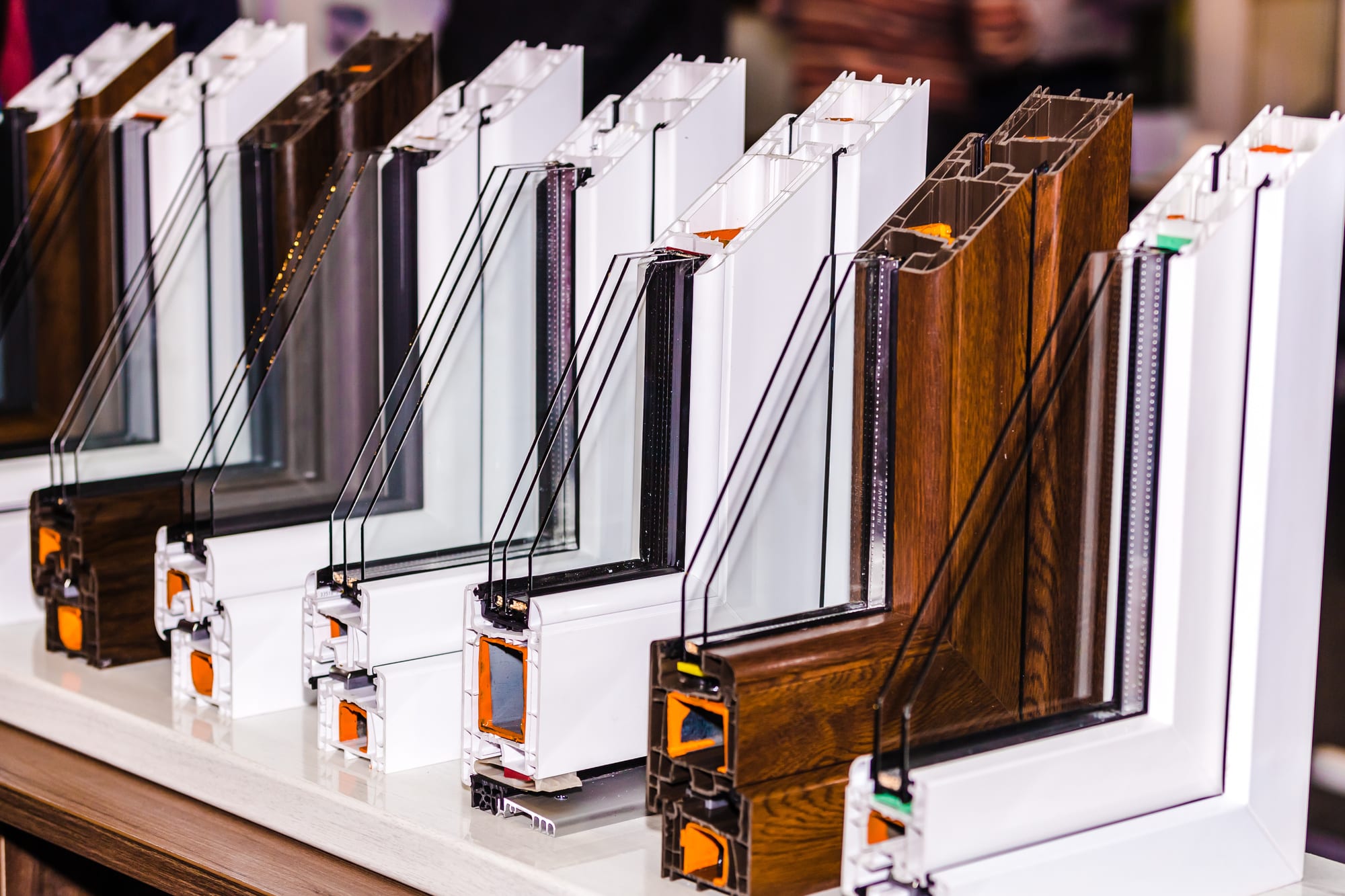All Categories
Featured
Table of Contents
Double-glazing Versus Low-e Glass in Cardup Perth
That window can transmit more solar heat in winter season than in summer. A west-facing window on a summer's afternoon has an angle of occurrence from near 0 approximately 30 with a large efficient location of solar radiation. A north-facing window, in summertime, has a high angle of occurrence and a low effective location of solar radiation, so can transfer less heat than a west-facing one.

You can quickly and easily improve the thermal efficiency of your house by replacing your windows. There are thousands of types of glass and frames to choose from.
Why Double Glazing Keeps Your Home Cooler In Summer? in Applecross Perth
There are several types of glass items to pick from. Single glazing uses a single pane of glass. Single glazing with clear glass is not very efficient when it comes to heat loss or gain. To enhance performance, you can utilize single glazing with a more energy-efficient kind of glass such as low emissivity (low-e) glass.
Multiple layers can be put together with sealed cavities between each sheet of glass. IGUs generally use better energy performance than single glazing, due to the fact that they transmit less energy. Nevertheless, the energy performance of IGUs also depends upon: the homes of each layer of glass. Different glass types (for instance, clear and low-e glass) can be put together in an IGU.
Energy Efficient Windows: Choose The Best Option For Your ... in Karawara WA

IGU cavities can be filled with air or a more inert, low-conductivity gas such as argon the width of the cavity. Cavity density is usually 6 to 18mm. Broader cavities offer lower (better) U values, with 12mm usually accepted as the preferred space how well the cavity is sealed. Cavities should be dry and well sealed to avoid wetness getting in.
If argon is set up to the cavity in place of air, moisture is dependably excluded the level of desiccant (drying agent). The spacer (metal or polymer strip) that separates the glass layers consists of a desiccant to soak up any moisture. Inadequate desiccant might trigger moisture to condense on the glass surface area in cold conditions, lowering thermal efficiency.
Carnegie 3163, Vic. Amazing Service By Aps Double Glazing in Floreat Western Australia
IGUs can deliver better energy efficiency for all environments, particularly in heated and air-conditioned houses. Cross-section information of single, double and triple-glazing units Low emissivity glass (typically referred to as low-e glass) decreases heat transfer. Low-e glass might be either high or low transmission: High transmission low-e glass has a coating that permits daylight from the sun to pass into your home to accomplish good solar heat gain, but lowers the quantity of the long wavelength infrared heat that can escape back through the window.
Low-e glass has either a pyrolytic covering or a vacuum-deposited thin film metal coating. Pyrolytic coatings are durable and can be utilized for any glazing; vacuum-deposited finishings are soft and are only utilized within IGUs. Low-e finishings can substantially enhance both U worth and SHGC; nevertheless, they must be used properly or they will either deteriorate or stop working to carry out as required.
Diy Double Glaze in Sinagra Perth
Low-e finishings can be used in mix with clear, toned or reflective glass. Low-e finishings on glazing can minimize heat transfer where required Picture: Department of Market, Science, Energy and Resources Toned glass has colouring additives consisted of during manufacture. It is available in numerous colours, normally bronze, grey, blue and green.
Table of Contents
Latest Posts
Benefits Of Having Double Glazing Windows In The Summer in Westfield Western Australia
Does Double Glazing Have A Vacuum? in Greenmount WA
The Science Behind Double Glazed Windows in Kenwick Perth
More
Latest Posts
Benefits Of Having Double Glazing Windows In The Summer in Westfield Western Australia
Does Double Glazing Have A Vacuum? in Greenmount WA
The Science Behind Double Glazed Windows in Kenwick Perth